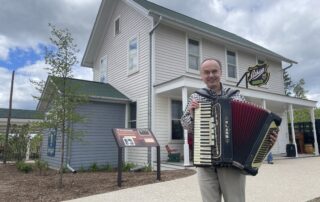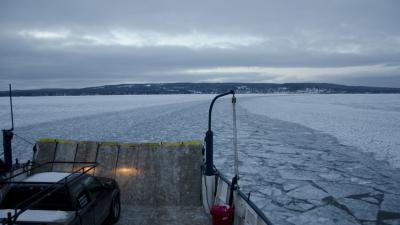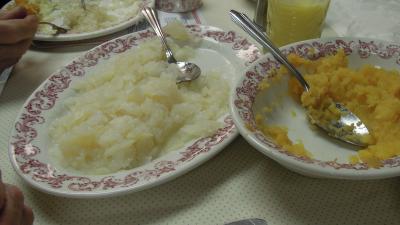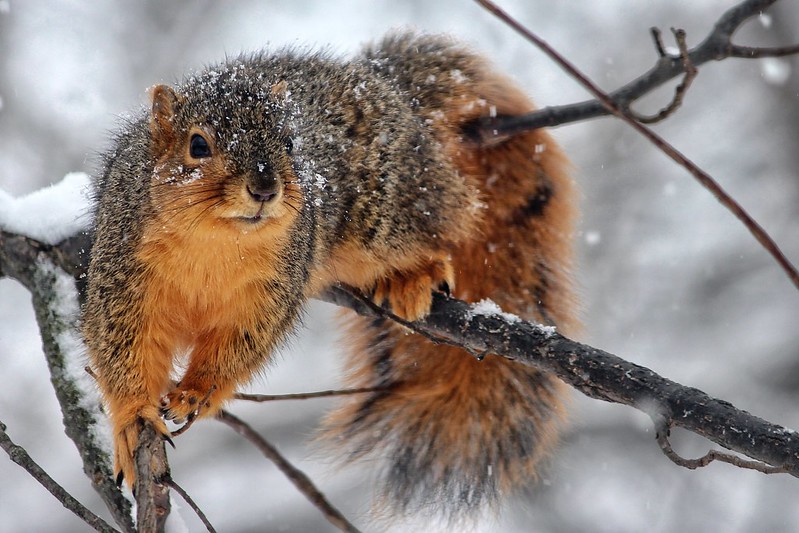On an early summer evening in 1836, the steamship New York docked on the Milwaukee lakefront and a young naturalist and engineer stepped ashore. Only 25 years old and already gaining notice for his scientific skills, Increase A. Lapham had come to Milwaukee from Ohio to help dig a canal. His life is the subject of the book “Studying Wisconsin: The Life of Increase Lapham,” by Martha Bergland and Paul Hayes.
Barely two years old when Lapham arrived, Milwaukee was a bustling settlement of nearly 1,200 people. With skyrocketing land prices and immigrants pouring into the surrounding countryside, lakeshore promoters had proposed constructing a canal from Milwaukee westward to the lead region as a way to ensure Wisconsin’s continued prosperity.
The canal was never built but young Lapham, like thousands of other new settlers, decided to cast his lot with the new Wisconsin Territory. By the time he died in 1875, Lapham had spent nearly 40 years observing and recording the Wisconsin landscape and writing his life upon this land.
Something about this place attracts generations of people committed to Wisconsin’s environment in a passionate way. Yet while Sigurd Olson, Aldo Leopold, John Muir and Gaylord Nelson are familiar names, the state’s first great scientist and naturalist – a man who saw the need for conservation a generation before his peers – is often forgotten.
There is much for which Increase Lapham might be remembered. He authored the first book published in Wisconsin, drew the first published map, investigated Wisconsin’s effigy mounds, native trees and grasses, helped establish a public high school and the Milwaukee Female Seminary, led the State Historical Society, served as chief geologist, and founded the National Weather Service. For all these accomplishments he was respected in his own day and should be remembered in ours.
Perhaps Lapham’s more important contributions, however, were his exhortations to protect Wisconsin’s natural resources, particularly its forests. Lapham believed that the landscape was a source of great national wealth, providing benefits to people, animals and climate, all of which he feared were under threat of permanent destruction.
His abiding senses of history and of the historical value of the landscape underlay his urgency to record and preserve the world around him and prevent its destruction. He encouraged people to connect with nature and to observe the wonders around them.
From the moment he had arrived on the Milwaukee lakefront in 1836, Lapham worked to make Wisconsin known to both itself and the nation. For Lapham, the study of the natural sciences provided “pure and unalloyed pleasure…seldom found anywhere else.”
Lapham’s pleasure has been our gain for over a century as his work provided the foundation for countless educational institutions and a body of unparalleled scientific knowledge and insight. His lifelong interest in outdoor observation and investigation provides a model for how each of us can learn to use, protect and conserve natural resources for today and for future generations.








